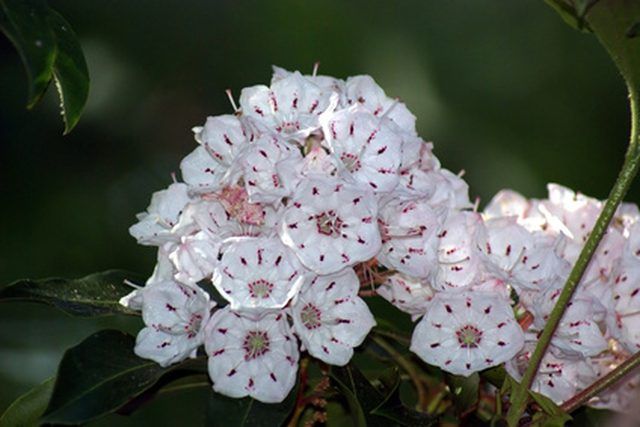Bulbs
Flower Basics
Flower Beds & Specialty Gardens
Flower Garden
Garden Furniture
Garden Gnomes
Garden Seeds
Garden Sheds
Garden Statues
Garden Tools & Supplies
Gardening Basics
Green & Organic
Groundcovers & Vines
Growing Annuals
Growing Basil
Growing Beans
Growing Berries
Growing Blueberries
Growing Cactus
Growing Corn
Growing Cotton
Growing Edibles
Growing Flowers
Growing Garlic
Growing Grapes
Growing Grass
Growing Herbs
Growing Jasmine
Growing Mint
Growing Mushrooms
Orchids
Growing Peanuts
Growing Perennials
Growing Plants
Growing Rosemary
Growing Roses
Growing Strawberries
Growing Sunflowers
Growing Thyme
Growing Tomatoes
Growing Tulips
Growing Vegetables
Herb Basics
Herb Garden
Indoor Growing
Landscaping Basics
Landscaping Patios
Landscaping Plants
Landscaping Shrubs
Landscaping Trees
Landscaping Walks & Pathways
Lawn Basics
Lawn Maintenance
Lawn Mowers
Lawn Ornaments
Lawn Planting
Lawn Tools
Outdoor Growing
Overall Landscape Planning
Pests, Weeds & Problems
Plant Basics
Rock Garden
Rose Garden
Shrubs
Soil
Specialty Gardens
Trees
Vegetable Garden
Yard Maintenance
Pennsylvania State Flower Facts
Pennsylvania State Flower Facts. Known for its small, pink blossoms, the mountain laurel is the state flower not only for Pennsylvania but Connecticut as well. The mountain laurel's history in America extends to the 1600s, and it continues to color the Pennsylvania countryside each summer with the soft pink, white and red hues of its petals.

Known for its small, pink blossoms, the mountain laurel is the state flower not only for Pennsylvania but Connecticut as well. The mountain laurel's history in America extends to the 1600s, and it continues to color the Pennsylvania countryside each summer with the soft pink, white and red hues of its petals.
State Flower History
The mountain laurel has been Pennsylvania's official state flower since 1933. Connecticut, however, has the first claim to the plant--General Assembly named it Connecticut's state flower in 1907, 26 years prior. Its first recorded presence in America was in 1624.
Beautiful but Deadly
Despite its unassuming pink shade, the mountain laurel is a relatively dangerous plant--every part of the flower, including the twigs, pollen and leaves is fatally toxic. Gypsy moth caterpillars are able to consume the plant, but will do so only as a last resort.
Size
Mountain laurel plants can grow to relatively large size--up to 30 feet wide and 10 feet tall. The leaves are typically 1 to 5 inches long.
Uses
The wood of the mountain laurel plant is strong, and is therefore used for practical purposes. It has been used to make chairs, tables, tobacco pipes, spoons and parts for wooden clocks. Today, it is used primarily for its aesthetic value in floral displays.
Pseudonyms
Mountain laurel flowers go by a wide variety of names. Its scientific name is Kalmia latiflolia, and it also goes by sheep laurel, clamoun, lambkill, calico bush, ivybush and spoonwood.